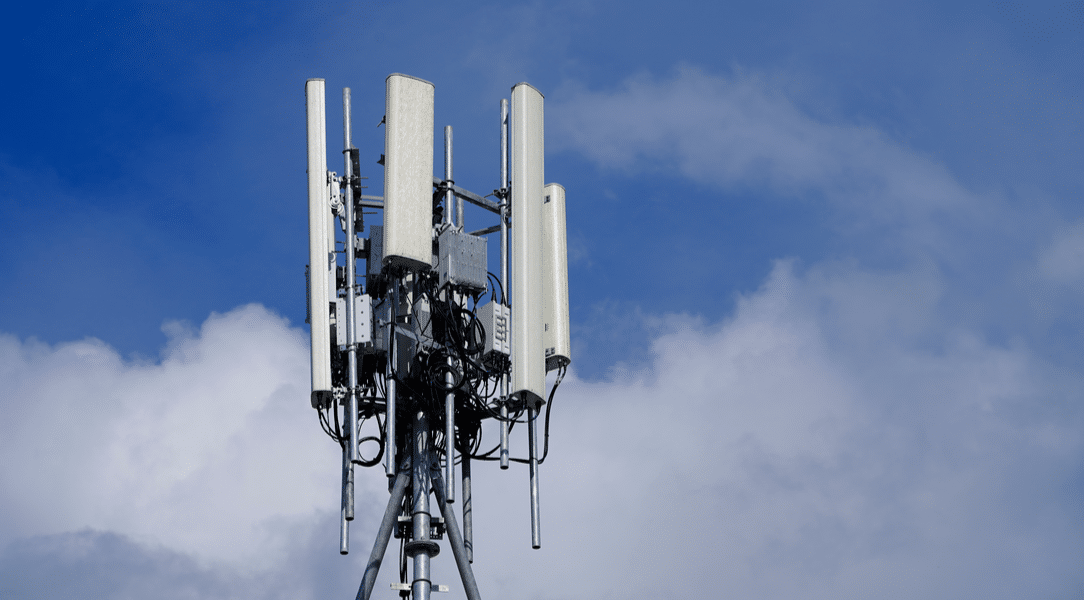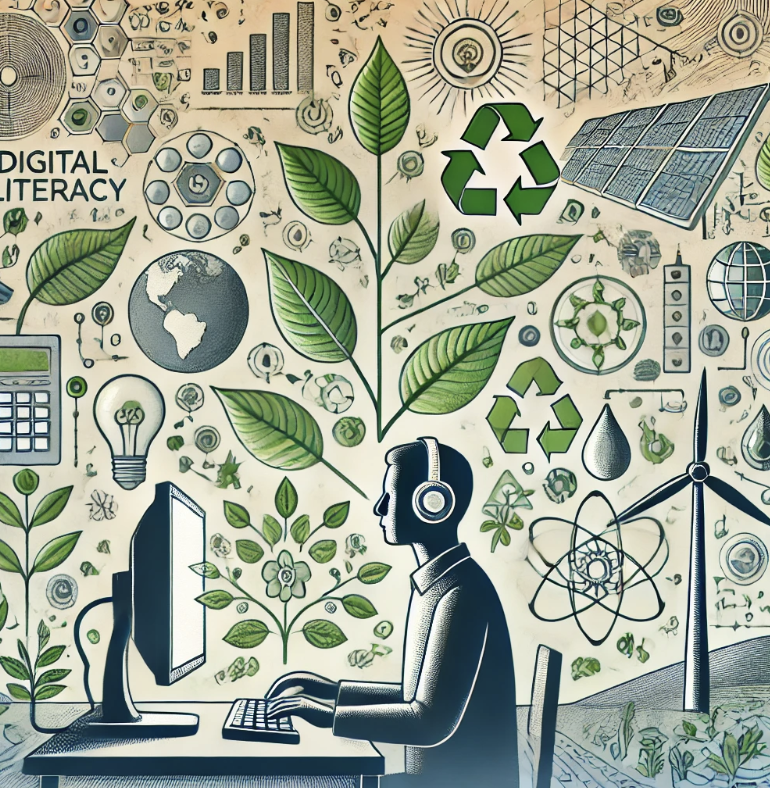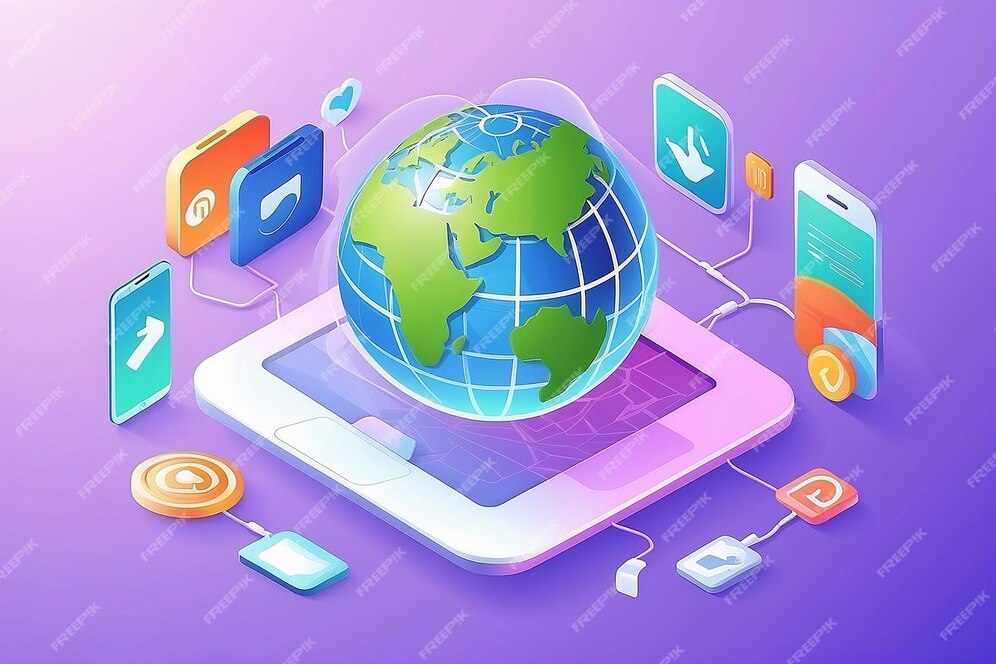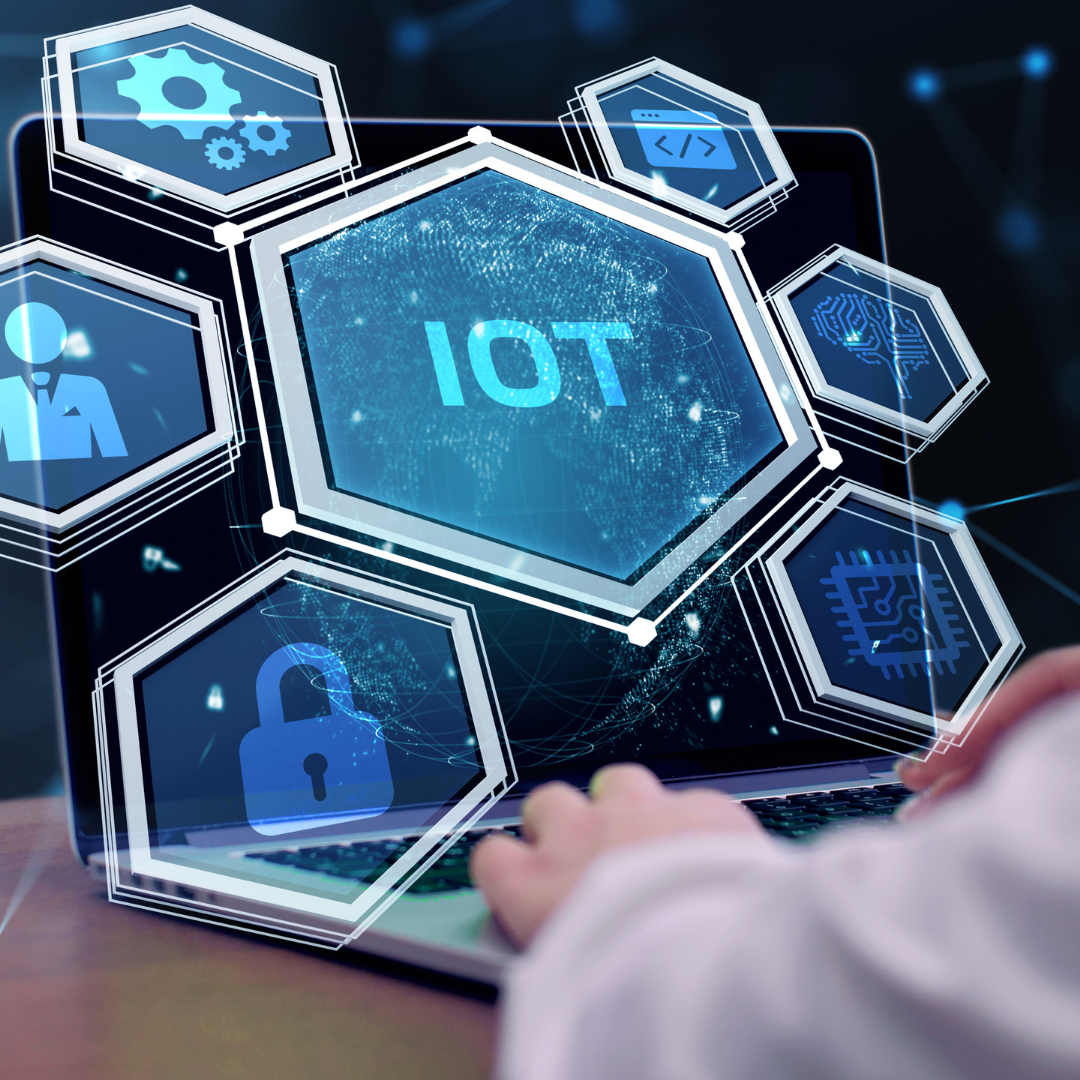Do you want to learn more about GNET ?
Click on the button below and download the guidelines for moderators to host debates.

Negative Environmental Impacts Of 5G
Increase In Greenhouse Gas Emissions
There has been an increase in greenhouse gas emissions. This is partly because consumers need to buy new 5G phones to take advantage of the technology. A study calculated that a smartphone produces 45 kg of CO2 during its life. Most of the CO2 comes from the production phase. When we include accessories and networks, the total life cycle load of the smartphone comes out to be 68 kg of CO2.
E-Waste
As more people switch to 5G phones, a huge number of older phones will be thrown away, drastically increasing electronic waste (e-waste). This surge in e-waste will make an already serious global issue even worse.
Radiation
The full use of 5G could have a disruptive effect on ecosystems. A study found that sparrows exposed to radiation from cell phone towers for five to 30 minutes produced disfigured eggs.
In Spain, microwave radiation from a cell phone tower disrupted birds’ breeding reproduction. Wireless frequencies have also disrupted birds’ navigation systems and circadian rhythms, which affects their migration.
Another study found that bees exposed to lower-band radiation for 10 minutes suffered from colony collapse disorder. The research found insects, including bees, are more affected by radiation from the 5G spectrum. This could lead to changes in insects’ behavior and functions over time. These studies point out that 5G is an issue for the environment to some extent, to say the least.
Environmental Benefits Of 5G
Lower Power Consumption And Reduced Emissions
International standards require that 5G use much less power than 4G. This means that less power is used while more data is transferred. One kilowatt-hour (kWh) of electricity is spent downloading 300 high-definition movies in 4G, whereas one kWh can download 5,000 ultra-high-definition films with 5 G.
5G, in conjunction with IoT, will also reduce energy consumption. With 5G, devices can switch on and off when unnecessary. Demand and consumption in real-time and automatically optimize energy consumption.
5G will enable more people to work or access entertainment remotely, avoiding commutes and flights. It will also save energy and reduce greenhouse gas emissions from vehicles and airplanes.
When driving is necessary, 5G can save time, fuel, and vehicle emissions. This would reduce traffic jams and idle time. With sensors and cameras, 5G uses real-time data to keep traffic flowing. It can also change traffic lights to avoid delays.
Reduced Water Waste
Smart water sensors can detect leaks and water pollution. Pollution Sensors can also optimize agricultural water use. Arable, an innovative agricultural company, uses intelligent agricultural sensors. These sensors use meteorological, soil, and crop information. It helps to manage irrigation better and make it more efficient. The system also tracks plant stress, nutrients, and pests to aid in harvest planning.
Reduced Food Waste
It is estimated that approximately one-third of the world’s food is wasted, which also wastes energy and water. Agricultural sensors can ensure crops are harvested correctly and on time. Other sensors can detect freshness and spoilage of food. This way, consumers know when food is safe to consume without relying on the expiration date.
Food Tagging and Tracking
5G could be used to tag all food where it’s made, track harvest dates, or identify specific animals. It can then track smart tags as food moves into the factory. Other sensor systems could track conditions in the factory and assess food quality and compliance. An automated and transparent system could ensure that the right ingredients are delivered at the right time and packaged correctly, helping reduce waste.
Protecting Nature
Poisonous blue-green algae thrive when the water temperature is higher than normal. Nokia uses 5G drones attached with cameras and sensors over the Baltic Sea. These drones detect blue-green algae growth in real-time. Algal blooms can be detected in more remote areas. Obtaining information on time enables experts to take quick action, thus avoiding such environmental hazards.
Australian startup Myriota and the Australian Institute of Marine Sciences use marine buoys. These buoys connect to satellite IoT sensors to track ocean currents, surface water temperature, and air pressure in real time in the ocean and understand how it behaves.
5G Offers Less Interference
5G uses frequencies that are not saturated with current devices. This is not the case with 4G and 3G devices. 4G and 3G use the same spectrum and cause interference or noise.
5G avoids this by using a currently unused frequency. This contributes to better speeds and very low distortion and noise. 5G antennas are highly directional. This leads to less interference with other signals in the vicinity.
5G Offers Very Low Latency
Latency is the time delay the signal experienced from a source device to the destination device. 5G has tight real-time responses between devices. It has a 1-millisecond latency, while 4G latency is around 50 milliseconds.
It Has A Much Wider Bandwidth
5G has more bandwidth. Users can connect more devices to a single Internet port. This means there shouldn’t be any overhead issues while connecting many internet-hungry devices to a single router. This is very beneficial for smart homes. It can host many devices that need internet access through the same router.
Source: https://www.knowledgenile.com/blogs/is-5g-an-issue-for-the-environment-and-human-health#NegativeEnvironmentalImpactsOf5G
You must be logged in to post a comment.








Click on the button below and download the guidelines for moderators to host debates.
This article provides a comprehensive overview of both the negative and positive environmental impacts of 5G technology. It’s intriguing to see the dual nature of 5G’s impact: while it increases greenhouse gas emissions and electronic waste due to the production and disposal of new devices, it also offers significant environmental benefits. The potential for 5G to lower power consumption, reduce traffic emissions, and enhance water and food management through smart sensors is particularly promising.
However, it’s crucial to address the alarming findings on radiation effects on wildlife, which underscores the need for continued research and mitigation strategies. Another interesting angle could be exploring the potential for 5G to support renewable energy grids more effectively, optimizing energy distribution and usage in real-time. Balancing these benefits and drawbacks will be key to leveraging 5G technology for a sustainable future.
This post offers a thought-provoking discussion on 5G’s environmental impact, highlighting both drawbacks and potential benefits.
On the negative side, concerns exist about the environmental cost of producing new phones and disposing of old ones, leading to e-waste and greenhouse gas emissions. Additionally, some studies suggest potential harm to wildlife, particularly insects and birds, from 5G radiation.
However, 5G also presents opportunities for environmental friendliness. Compared to 4G, its lower power consumption could translate to significant energy savings. Furthermore, 5G coupled with the Internet of Things (IoT) could optimize energy use across various sectors. Smart grids, traffic management, and precision farming enabled by 5G hold promise for a more sustainable future.
The potential for reduced reliance on cars and planes through remote work and entertainment facilitated by 5G is another positive aspect. Additionally, 5G-enabled sensors could play a crucial role in detecting water leaks, optimizing irrigation, and monitoring food quality, potentially leading to reduced water waste and food spoilage.
In conclusion, the environmental impact of 5G appears to hinge on its development and use. Focusing on energy efficiency, responsible e-waste management, and utilizing 5G for sustainable solutions could allow its benefits to outweigh the initial environmental costs.
5G uses non-ionizing radio frequencies. Guess what also falls under non-ionizing radio frequencies?
That’s right, the radio in your car, the radio waves in the air, transmitting god-awful music, uses the same frequencies.
We receive more ‘radiation’ from the Sun than 5G towers.